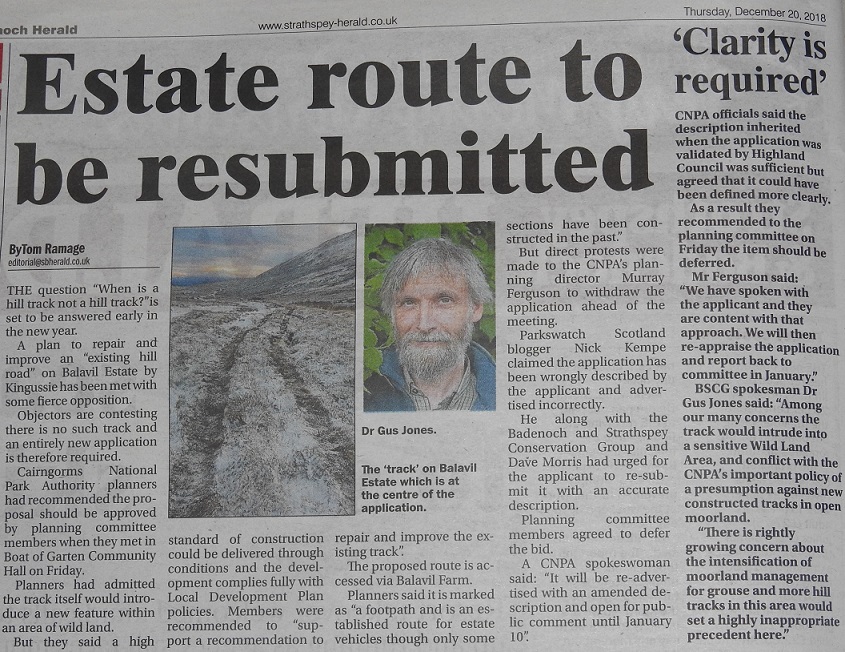
Last Friday, the Cairngorms National Park Authority Planning Committee agreed to their officers’ recommendation that the deadline for comments on the proposed 5km road over the Monadhliath and through a Wild Land Area should be extended until 10th January. That is very welcome. It rectifies CNPA’s failure to consult properly (see here) and gives people time to comment on the application which I will consider in a further post.
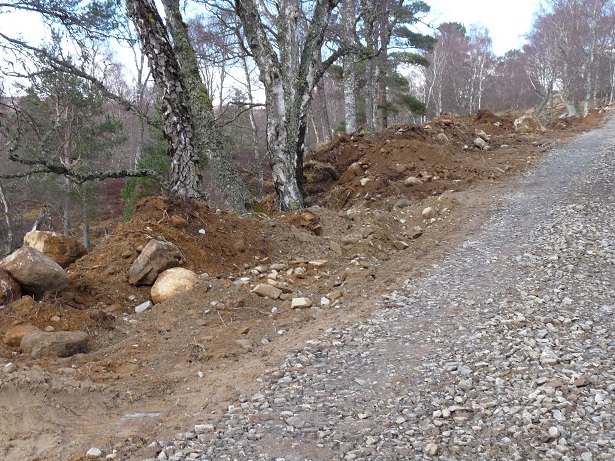
The proposal follows extensive work by the Balavil Estate to upgrade roads on the estate last year. This post takes a look at the recent history of road development and land-use on the estate since it was sold to a wine merchant and Dutchman, Eric Heerema, in May 2015.
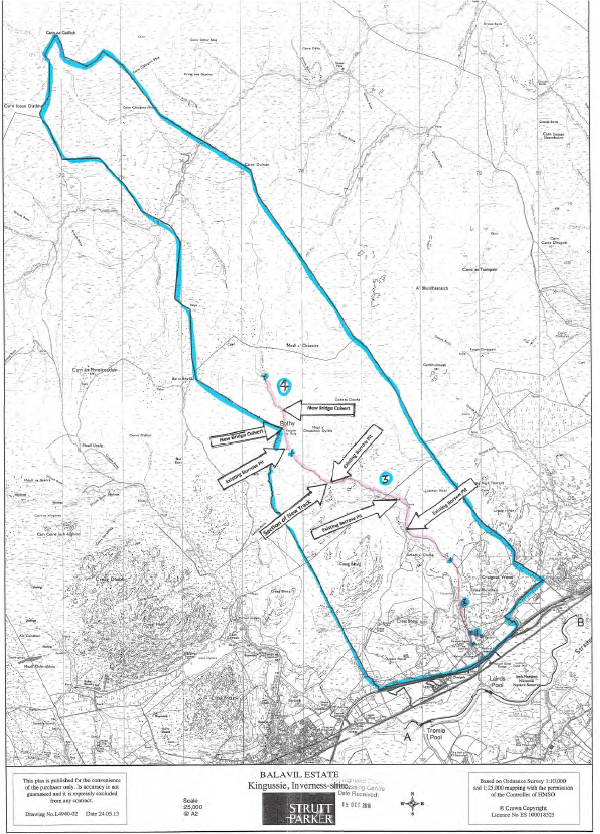
In November 2016 Balavil sought approval (above and see here) to upgrade approximately 12km of road around Balavil House and to just beyond the bothy on the Raitts burn (where the proposed new road would start). They submitted this under the Prior Notification system. This requires some permitted developments, such as agricultural and forestry roads, to be notified to the Planning Authority prior to work starting. The Planning Authority can then require the developer to submit detailed plans for what is known as prior approval. Unlike developments that require Planning Permission, the Planning Authority cannot refuse the development itself so long as it can be shown to be “permitted”.
Currently this system is widely abused in the upland parts of Scotland with sporting estates claiming new hill roads are required for agricultural purposes in order to avoid Planning Permission. It was partly to end this abuse that the Green MSP, Andy Wightman, proposed an amendment to the draft Planning Bill which would have required landowners to apply for full Planning Permission for ANY new road used for sporting purposes.(see here).
Balavil – agricultural or sporting road?
In Balavil’s case, the estate submitted their Prior Notification to Highland Council (see here) claiming that the upgrade of existing tracks was for forestry and agricultural purposes. The application was vague about what forestry management was being proposed for the Creag Beag and Creag Bui Woods near Balavil House:
“there is now a need for renewed effort to manage these areas of woodland and this will require an upgrade of the track……………………”
It was more specific about the road up the Raitts Burn:
“The management of the stock which WILL [my emphasis] number 600 ewes and lambs requires constant and regular access to the sheep and movement of the sheep every six weeks through Spring, Summer and Autumn for dipping and therefore requires good vehicle access for large transporters”
Why “constant access” was suddenly needed was not explained but may have been connected with the termination of agricultural tenancies on the estate (see here for article by Lesley Riddoch). In effect the shepherd who might have previously done this work was being replaced by lorries.
Highland Council consulted the Cairngorms National Park Authority who decided not to call-in the notification for prior approval (see here) despite their officer wryly commenting that:
Two of the supporting documents refer to works at Invercauld Estate, not Balavil. It is considered that these were submitted in error and are not intended to form part of this application.
Neither the CNPA nor Highland Council questioned whether these roads were indeed primarily for agricultural purposes and should have come under the Prior Notification System.
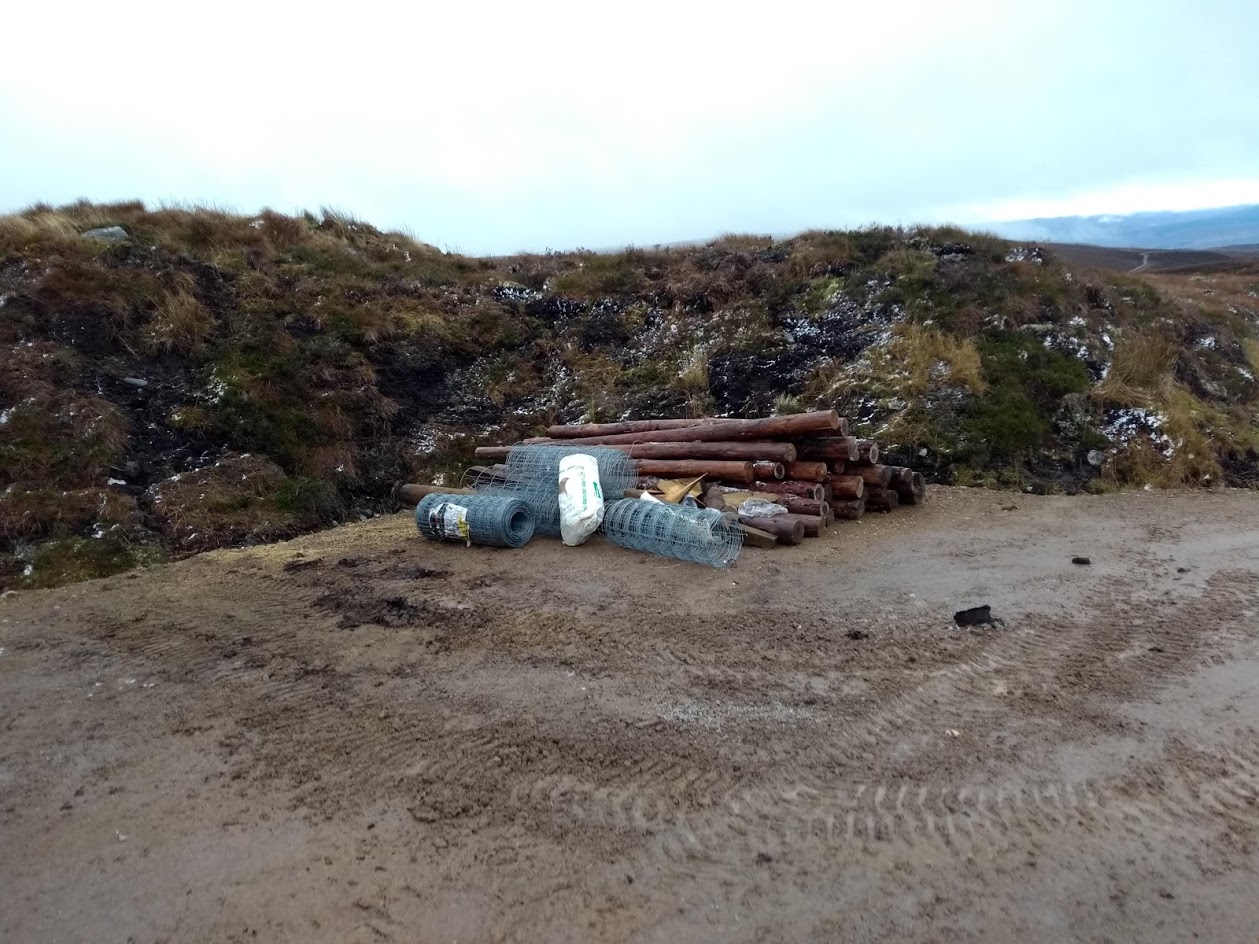
While the Scoping Report started by claiming the upgraded roads will be for forestry and agricultural use, it then had a section entitled “Ancillary Activities”. The first paragraph stated how the existing roads are enjoyed by the public (without explaining how the upgrade would impact on that enjoyment) before it went on to say:


So, was agricultural or sporting use the primary purpose of the track upgrade?
The evidence on the ground shows the road is being used for intensive grouse moor management. That raises the question about whether the primary purpose of the sheep is to serve as mops to pick up the ticks that harm Red Grouse. The reference to the need for frequent dipping in the Prior Notification supports that interpretation
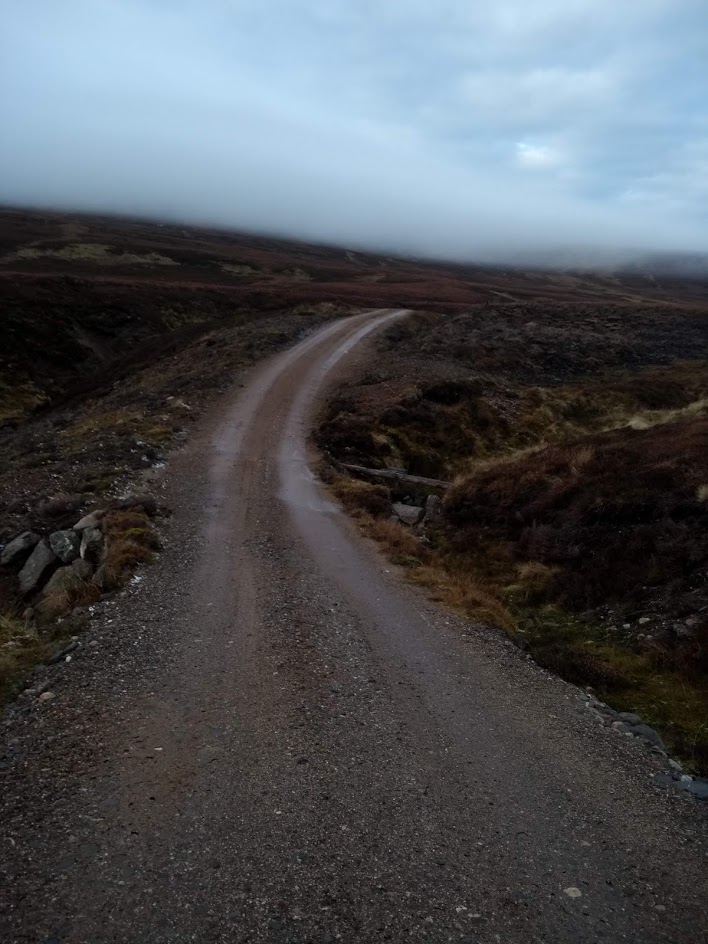
The Strutt and Parker Sales Brochure for Balavil Estate contained plenty of evidence with which Highland Council and the CNPA could have questioned the Prior Notification:
“Sportings
Balavil is a magnificent all-round estate providing driven and walked-up grouse shooting, red deer, roe deer and sika deer stalking, driven pheasant shooting, rough shooting and salmon and trout fishing………………The estate has been famed for its sport since the late 18th century ………………….Balavil is a high quality driven grouse moor providing exciting sport over dramatic topography, with 13 named lines of grouse butts……………..”
There are several pages of information in the brochure about sporting use:
Some of the butts are of traditional sunken stone and turf construction, and there are nine or ten butts in each line. Some of the historic lines of butts are not regularly used today but there are now 19 separate drives to butts or stands. When grouse stocks allow, there is sufficient ground for two consecutive days of driven shooting.
This compares to just one short paragraph about forestry and just one short paragraph about farming:
“There is a tenanted hill farm which is let under a Short Limited Duration Tenancy (SLDT), with a range of farm buildings comprising cattle courts, general stores, a Dutch barn and stock handling facilities.
There is significant forestry and woodland at Balavil extending to about 600 acres. This acreage comprises a combination of mature mixed amenity woodland, commercial coniferous plantations and three enclosures of native woodland regeneration.
Its possible of course that the Heerema’s decided to ignore the sales pitch and buy Balavil for its farming potential but that is not supported by the evidence of what is happening.
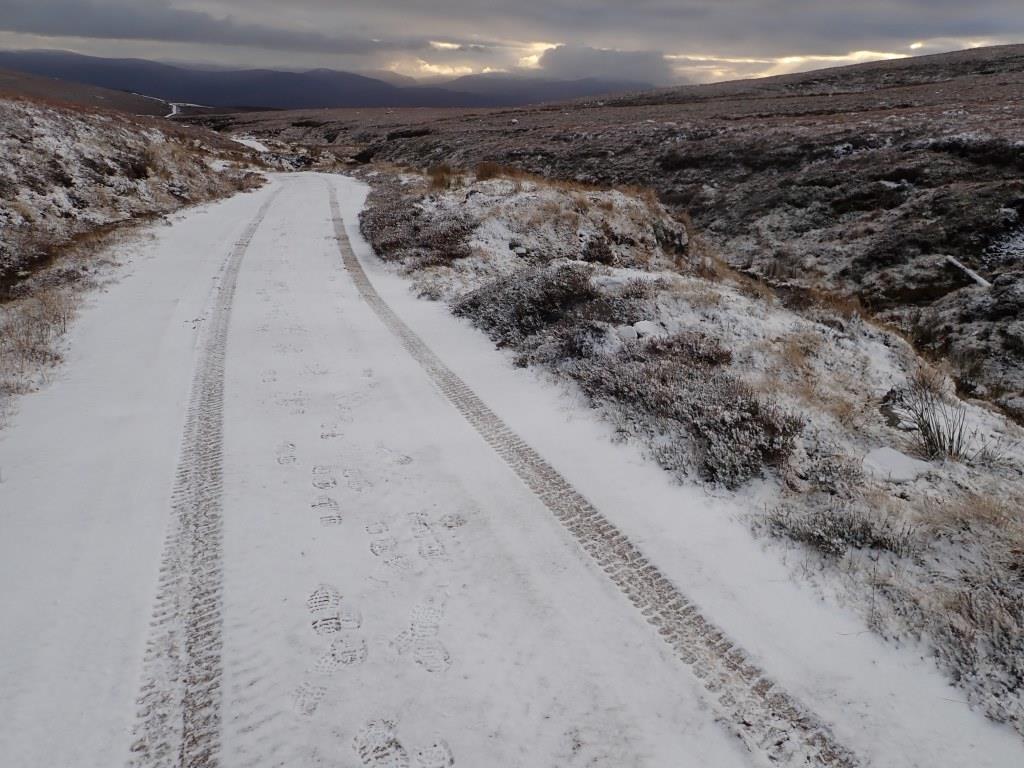
Lesley Riddoch’s coverage in the National raises further questions:
“According to local Green councillor Pippa Hadley; “The estate laid out their vision to make Balavil “one of the best examples of a sustainable, modern Highland Estate” in 2016, a year after obtaining the estate. Since then, I have watched with ever increasing dismay as a steady succession of tenants lose their homes, in many cases after decades of living/working in the area or on the estate. The sight of the tenant farmer arranging a lifetime’s accumulation of farm equipment on the lawns of the house like a huge garage sale beside the A9 will stay with me – he raised his sons on the estate farm for over twenty years – but his is just one sad tale of many. I despair to think this is an acceptable version of a sustainable, modern Highland estate.”
Pippa Hadley also sits on the CNPA Board. Had she been informed about the Prior Notification it seems highly likely she would have questioned it. An excellent illustration of why decisions about tracks in the Uplands should not be left to officers but considered by Committee so they can be independently scrutinised. Unfortunately, the Prior Notification System, which gives Planning Authorities just 28 days to respond, does not allow for that.
The quality of the works agreed under the Prior Notification system
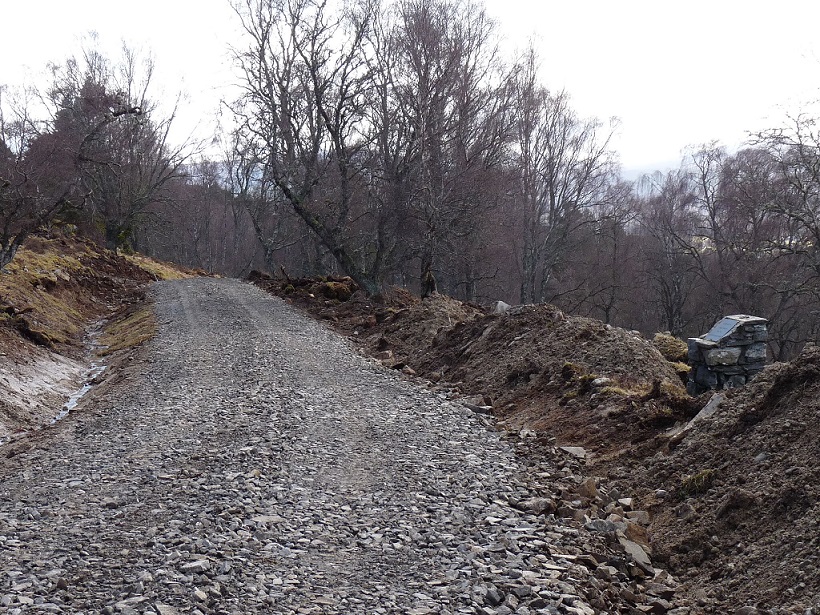
Balavil Estate produced a fairly detailed description of their upgrade proposals. Unfortunately this contained a fundamental contradiction. While the Scoping Opinion claimed they would “provide a repair to a width of 2.5m rather than a spreading track” ALL the diagrams in the supporting document showed the roads would be THREE metres wide:
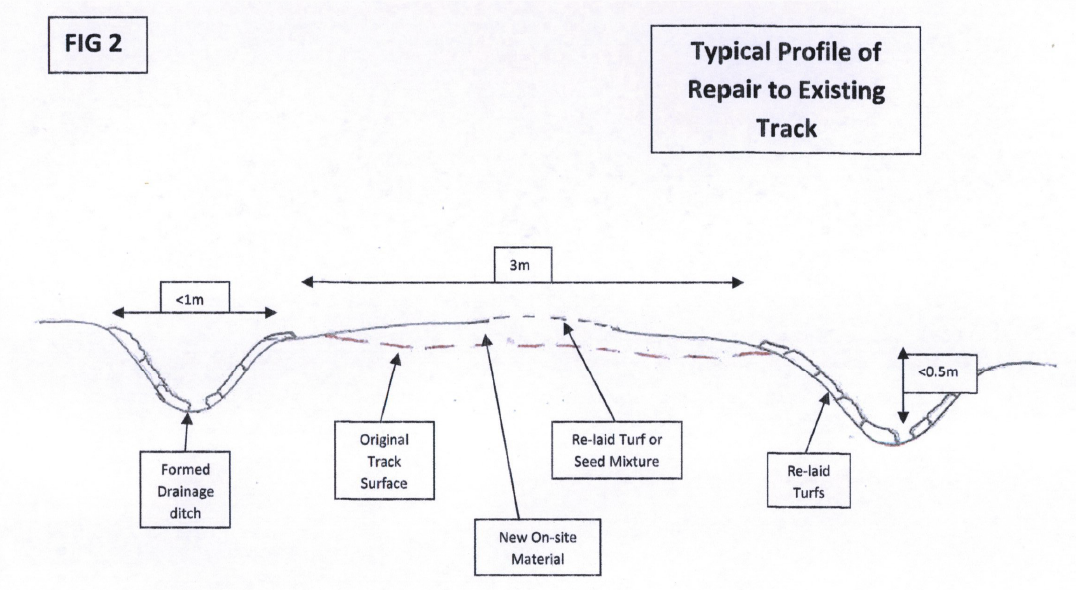
Neither the CNPA or Highland Council questioned the discrepancy, though the CNPA’s normal recommended maximum width for hill roads is 2.5m.

While the diagrams supplied provided examples of how slopes would be re-profiled and the ground has subsequently been restored, the upgrading work has had a significant impact in what was an area of native woodland and relatively undisturbed soils:
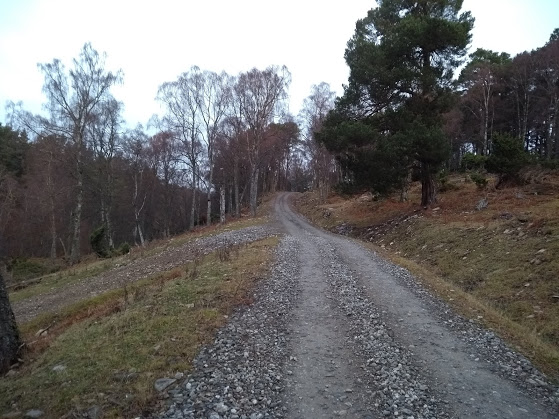
While the restoration of vegetation along the ditch in the foreground has been quite successful, note how aggregate has spread down the slope on the left and the absence of any vegetated strip as provided for in the diagram above.
One of the problems with tracks approved under the Prior Notification system is that Planning Authorities are unable to set enforceable conditions unlike with Planning Applications.
Compare the upgraded track above with how it used to look: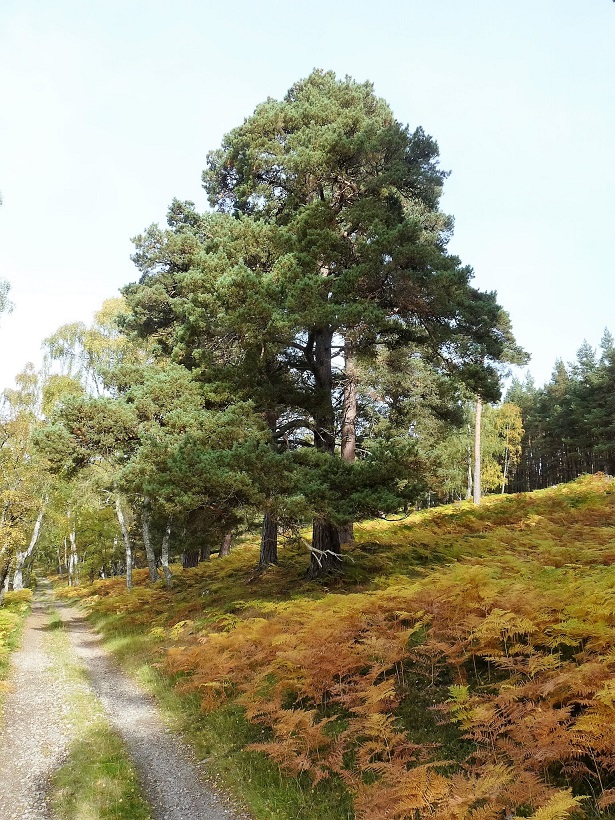
The old road was befitting for a National Park. The new one is unlikely to be so for many years, if ever. It has had a significant adverse impact on landscape and the recreational experience. What’s more, having allowed the development to go through under the Prior Notification System, the CNPA has no means of redressing the damage.
I have previously argued that while all new roads in the uplands should require planning permission (see here), maintenance could be dealt with under the Prior Notification system where a landowner had agreed a set of standards with the Planning Authority. Balavil provides another case which illustrates the difference between maintenance and an upgrade which changes the nature of the track. Any “upgrade” work which involves widening hill roads should require full planning permission.
Unfortunately the CNPA failed to consider fully the impact of the Balavil proposals or to question their justification back in 2016. While the past record of applicants is never treated as a “material consideration” in deciding a new planning application, the quality of the work that was undertaken under the Prior Notification should serve as a warning to the CNPA with respect to the current application. If officers are still minded to recommend its approval in January after considering the responses from the public they need to include a stringent set of conditions.
What needs to happen
The underlying issue, which I will consider further in my next post, driving the new and upgraded tracks at Balavil appears to be intensification of land-use including sheep grazing and grouse moor management. The public appears to have been paying for some of this in the form of rural payments:
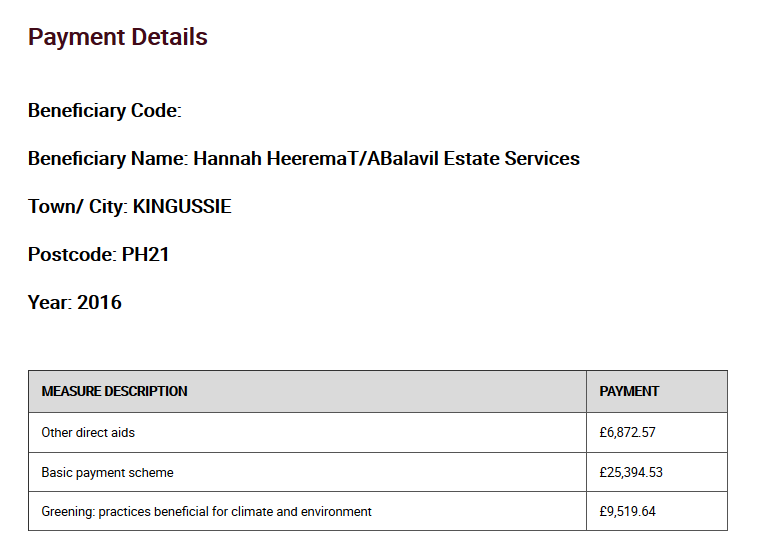
Whether this is appropriate use of land in the National Park is a moot point. Unfortunately, there is no public plan for land-use on the estate which would show how these tracks meet the statutory objectives of our National Parks. This is illustrated by the lack of any Estate Management Statement on the CNPA website which might have helped Planning Staff establish what the main purpose of the upgraded tracks really was. Part of what needs to happen therefore is proper land-use plans.
While there is little doubt that that upgraded tracks at Balavil have some agricultural use, the central legal and policy question is whether ANY agricultural use should enable proposals for new or upgraded roads to be classed as permitted developments and dealt with under the Prior Notification System. This post provides further evidence that that is not in the public interest.
It also illustrates that it may be very difficult for Planning Staff to establish what the primary use of hill road might be. Yes, the CNPA in this case could have questioned whether agricultural use was the primary purpose of the upgrades but disproving this would have been difficult. One can understand why they took the easy option and waved this through. The solution to the problem is to turn this around, as Andy Wightman did in his proposed amendment to the Planning Bill, and remove any private road used for sporting purposes from permitted development rights. That would put the onus on estates to prove that they would NEVER use a track for sporting purposes and bring most track development in our National Parks under the full planning system.
